Humans news stories
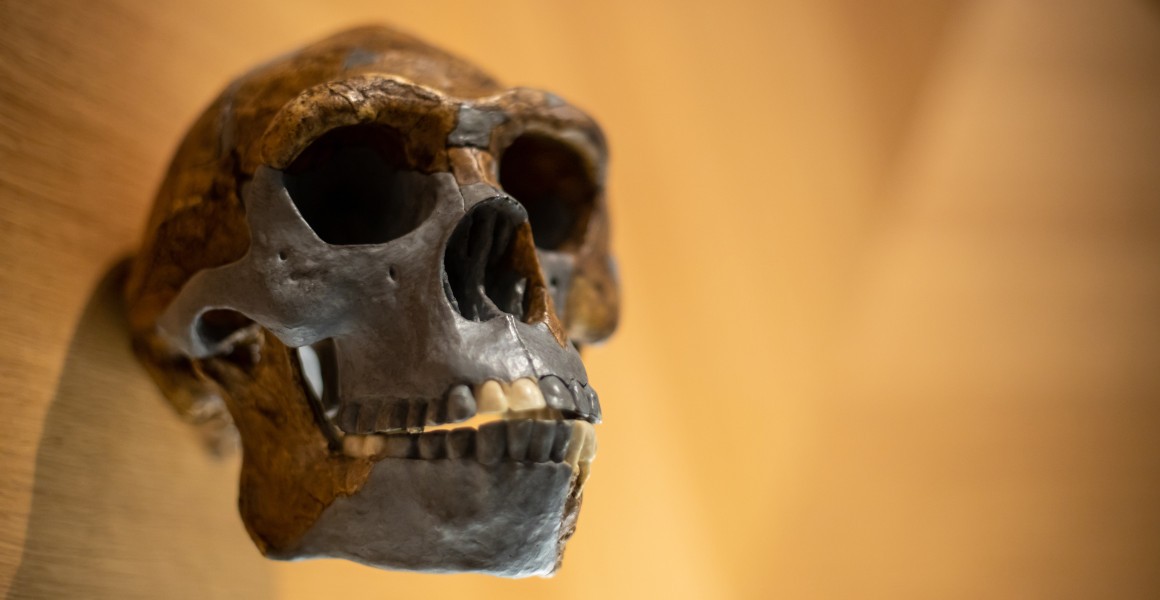
The changing shape of the frontal sinuses is helping to reveal more about how modern humans, and our ancient relatives, evolved.
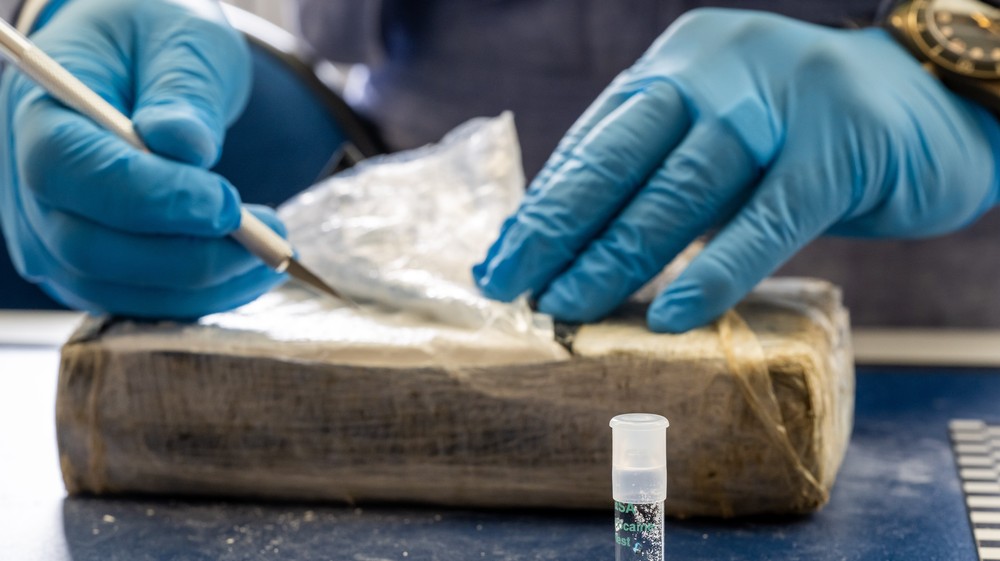
People caught with small amounts of illicit drugs, like cocaine, ice, heroin and speed, will be spared criminal charges in the Australian Capital Territory from 2023, after the territory government became the first in Australia to agree to decriminalising personal possession.

Leaders of the Native American Church of North America (NACNA) held multiple meetings with congressional offices last month to advocate that federal funding be dedicated toward efforts to preserve habitats where peyote can be grown.

Nestled in a cave in the snowy Altai Mountains of Siberia, fragmented bones and teeth have revealed the first-ever glimpse of a Neanderthal family. More than 50,000 years ago, a group of adults and kids died while sheltering at their hunting camp…
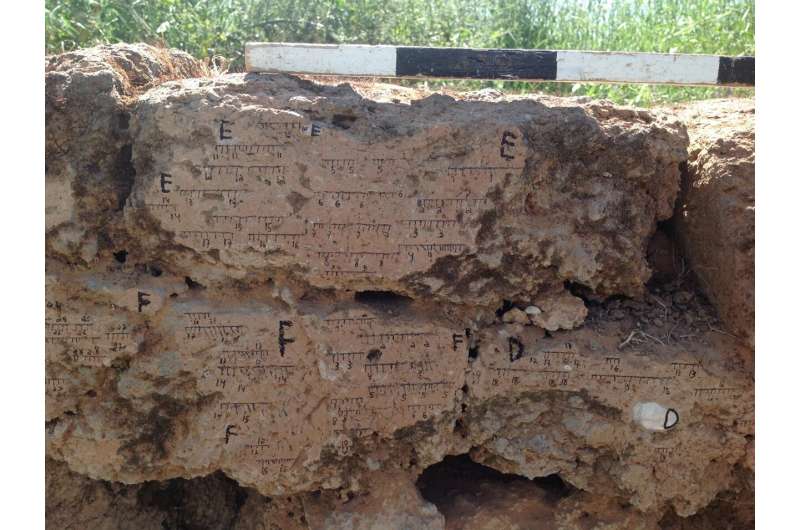
A joint study by TAU and the Hebrew University, involving 20 researchers from different countries and disciplines, has accurately dated 21 destruction layers at 17 archaeological sites in Israel by reconstructing the direction and/or intensity of the earth’s magnetic field recorded in burnt remnants.

Britain was home to at least two genetically distinct groups of humans at the end of the last ice age, the oldest human DNA from the UK has revealed.

According to a new theory, choices are formed unconsciously and become conscious around half a second later.

The map segment, which was found beneath the text on a sheet of medieval parchment, is thought to be a copy of the long-lost star catalog of the second century B.C. Greek astronomer Hipparchus, who made the earliest known attempt to chart the entire night sky.

The interior of Central Asia has been identified as a key route for some of the earliest hominin migrations across Asia in a new study led by Dr. Emma Finestone, Assistant Curator of Human Origins at the Cleveland Museum of Natural History…
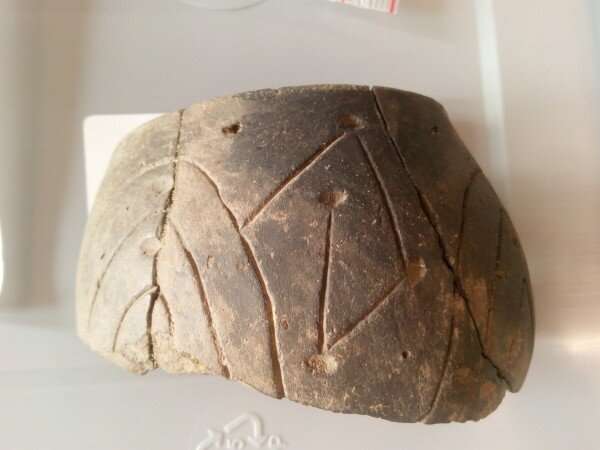
A new study has shown milk was used by the first farmers from Central Europe in the early Neolithic era around 7,400 years ago, advancing humans’ ability to gain sustenance from milk and establishing the early foundations of the dairy industry.

Magic mushrooms are no magic cure for society’s ills, and a substance as powerful as psychedelics can be dangerous if it falls into the wrong hands.

Dating from 1100, the fourth known Maya codex reveals this ancient civilization’s staggering understandings of — and reverence for — time, the cosmos and the role of the human scribe.
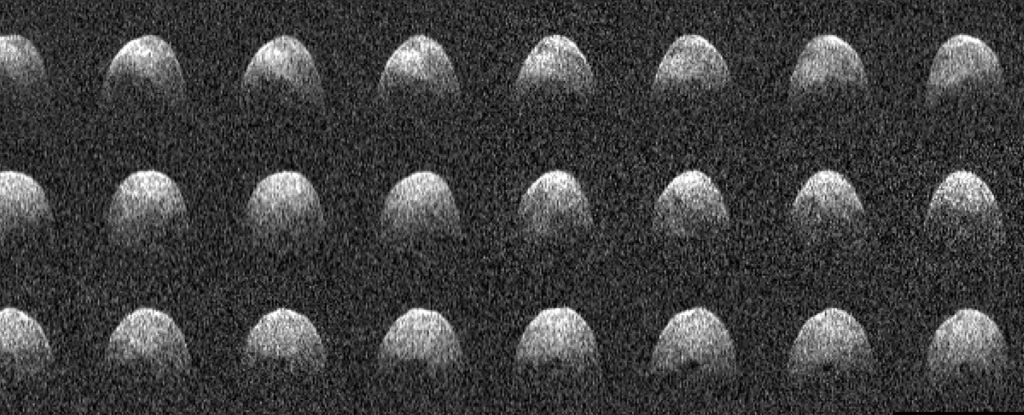
The near-Earth asteroid responsible for the spectacular annual Geminids meteor shower has been caught doing something really unexpected.
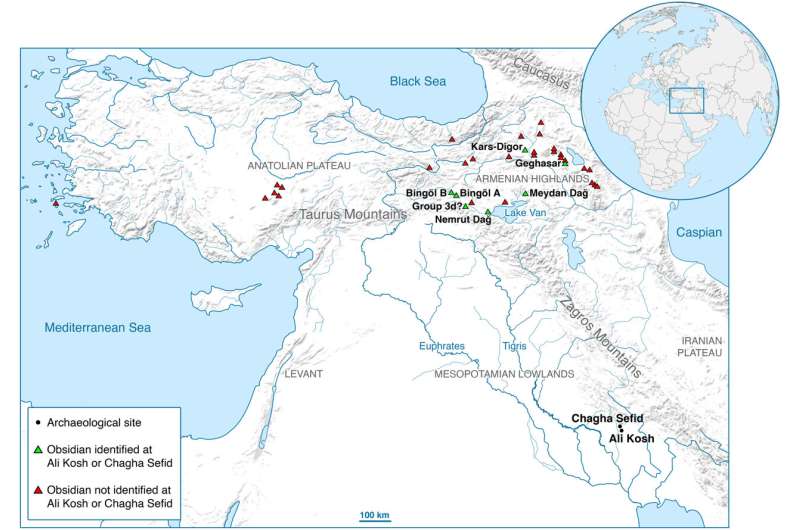
An analysis of obsidian artifacts excavated during the 1960s at two prominent archaeological sites in southwestern Iran suggests that the networks Neolithic people formed in the region as they developed agriculture are larger and more complex than previously believed, according to a new study by Yale researchers.

The idea is simple but ambitious: protect the ocean by giving it the same kind of rights a person might have. No such legal mechanism is currently in place, but support for this concept is growing as experts increasingly recognize that the ocean is in dire need of defense.
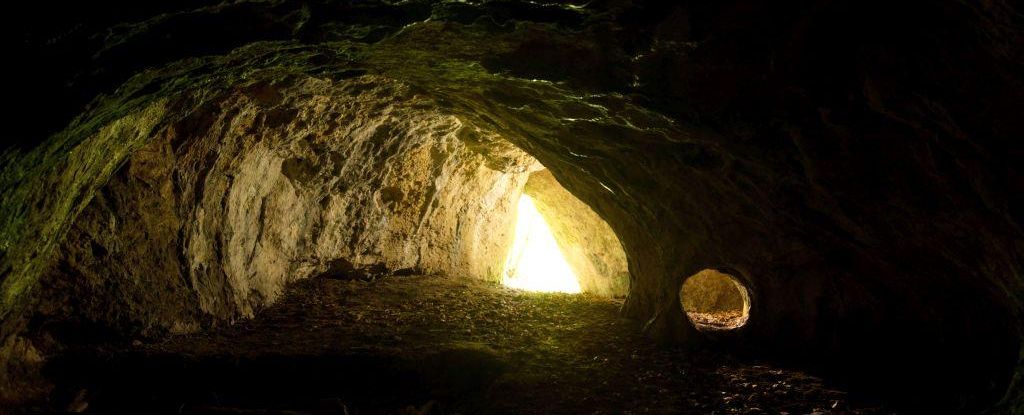
The tools from the Tunel Wielki cave in Małopolska are between 450,000 and 550,000 years old. This dating may allow scientists to learn more about the humans who made them and their migration and habitation in Central Europe across prehistory.








